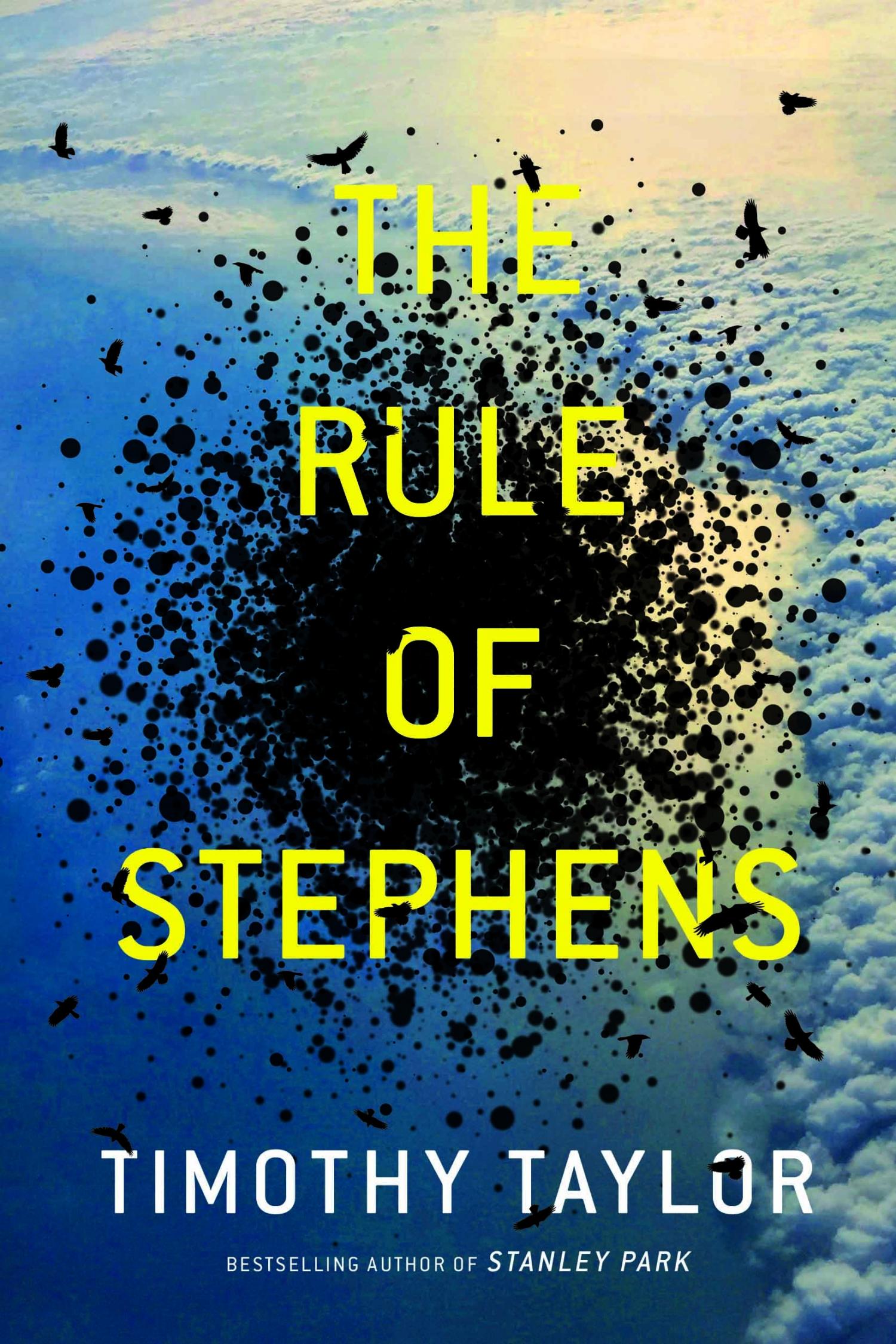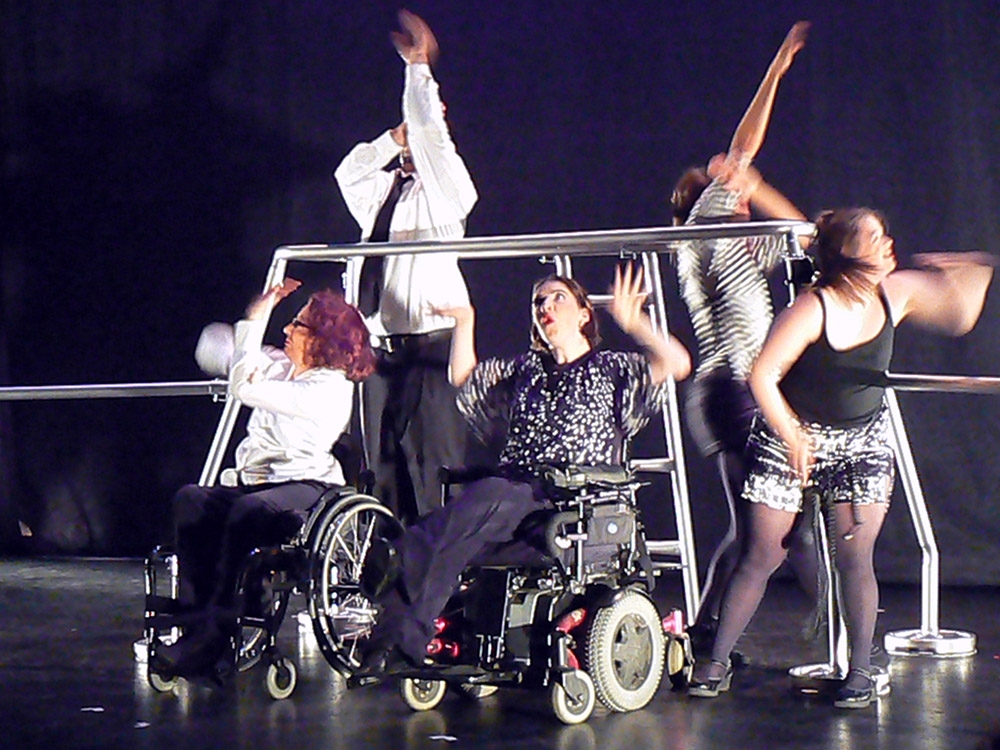
Universes Colliding
The Rule of Stephens
By Timothy Taylor
Doubleday Canada
Tim Taylor’s new novel very usefully begins with a definition of the title, The Rule of Stephens.
The Rule of Stephens n. an axiom holding that the observable universe works in one of two mutually exclusive ways: (1) strictly in accordance with materialist principles such as those advanced in the work of Stephen Hawking, or (2) by rules providing for the paranormal aberrations manifest in the work of Stephen King.
Catherine and Valerie are sisters. The former is a doctor and scientist who since she was a brainy teenager has identified with the Stephen Hawking camp. The latter is more dependent on intuition and possesses a worldview that allows for the sort of ‘paranormal aberrations’ about which Stephen King writes. The sisters do not come into conflict in the novel, but the world views they embody do.
It’s Catherine’s beliefs that are put to a severe test. The Rule of Stephens revolves around a deadly plane crash. Catherine was aboard Flight A801 from Paris to Chicago that went down over Ireland. All but six of the people on board the plane were killed. That Catherine not only survives but emerges physically relatively unscathed is the first hint that something is amiss. A plane ripped apart before impact. A devastating crash into the cold sea. A total loss of bodily control as the plane begins its deadly, tragic descent. As a doctor and scientist trained to understand statistical probabilities, Catherine knows her fate should have been far worse. That she could walk away so easily from a scene of so much death and destruction is in complete defiance of the physical laws of the universe in which she so firmly believes. Stranger still is the surreal sense she had as the plane unravelled of being in two places at once and of a flock of birds spontaneously and inexplicably emerging from inside her chest. For all the terror she experienced, there was also the strange and discombobulating sense of the universe operating according to different laws. Maybe King is right.
Nevertheless Catherine is determined to reaffirm her firm belief in the Hawking worldview. She carries on with her life in Vancouver, which happens to involve founding a high tech company that will develop a technology that promises to revolutionize anyone’s capacity to understand his or her body. Catherine’s idea: develop a digestible tool that will then moor inside the body for a determinate length of time. While there the device will measure and record vital data about various internal organs. She and others in her circle of employees and friends are convinced the idea has tremendous merit. ‘Know your body, change your world’ and ‘Your body is talking. Listen.’ – are two of the provocative phrases used to highlight the device’s apparent promise.
The idea of digestible technology might seem too far fetched to be taken seriously. Yet Taylor excels at making it seem utterly plausible. The human body, in addition to being a living organism, is a warehouse of bio-markers and signals. If those markers and signals could be detected and understood earlier than was hitherto possible, optimal health could more easily be sustained. Diseases and disorders could be thwarted before they even take root. Taylor expertly conveys the idea’s intuitive appeal. As Catherine is very much aware, there are enormous challenges, chief among them is to figure out how to moor the technology for many months without doing harm to the body. As Catherine and her team work to overcome such challenges, Taylor skillfully captures the spirit of innovation inspired by the accelerating pace of technological change so characteristic of the modern world.
Despite Catherine’s steady resolve, the plane crash continues to take a terrible toll. Ominously, seemingly unexplainable developments stemming from the accident begin to make their presence felt. She receives a phone call out of the blue from a fellow survivor. Like Catherine, Richard is a doctor committed to objectivity and rationality. Yet, certain mysteries he fears have ensnared him in ways he can’t understand but which he knows are dangerous. Someone has assumed his identity. More mysteriously, the person looks almost exactly like him. He has a doppelgänger. The other four survivors, he informs Catherine, have suffered similarly grave fates since the crash. He’s persuaded that their many problems were not simply due to post traumatic stress disorder. Something more sinister was at work; they were driven to tragedy by a malign force unleashed the night of the plane crash. He’s desperate for Catherine to know that she will likely be subject to the same sort of mysterious entrapment.
Catherine’s scientific temperament is initially offended by Richard’s suggestion. He must be suffering under the weight of grief. Understandable, Catherine reasons, not only given the airplane crash but because he also lost his wife. Too much grief can render even the most scientifically minded susceptible to painful figments of the imagination. Yet, Catherine cannot help but notice similarly strange developments happening to her. A hedge fund about which she knows nothing wants to buy her out of the company she worked so hard to build. More ominously, someone who looks suspiciously like her is caught on security cameras inside her building. Catherine assumed it was herself she was observing only to determine that it couldn’t possibly be her. Does she too have a doppelgänger? Suddenly, she fears she’s been ensnared in the same way her fellow survivors were. A life she’s determined to direct is now spiralling out of control.
The Rule of Stephens is a relatively slim novel not burdened with too many moving parts. Taylor is a fine writer whose prose is characterized, in part, by a lightness of touch. These stylistic features stand in sharp contrast to the novel’s heavy themes. Not only grief and loss and the sometimes dubious promises of technology but the even deeper mysteries of existence. How do we make sense of the universe? Can science and rationality possibly make sense of every development? Should we not make room for the inexplicable? How much can any individual actually direct one’s life? The novel’s greatest strength is Taylor’s ability to explore such weighty questions without being heavy handed about it.
By the novel’s end, does the reader know if Taylor comes down on the side of Catherine or Valerie? Ordered materialist based universe or a universe with room for the arbitrary and the inexplicable and potentially even malign forces? Hawking or King? In fairness, such deep mysteries do not lend themselves to definitive resolutions, particularly in a novel. Yet, for all the novel’s many strengths, we wish Taylor would plumb the mystery’s depths further than he does. Instead we simply learn of seemingly terrifying and inexplicable developments wreaking havoc on the lives of the other survivors. The only context provided is that of the plane crash. The reader is left with little choice but to believe that some malign, supernatural force is at work. But what if our understanding of the context is simply incomplete? Reading The Rules of Stephens occasionally feels like seeing something from too far away to accurately assess what’s actually going on. That we can’t know or understand what we’ve just witnessed doesn’t mean there isn’t a rational explanation. It may just mean our vantage point doesn’t allow us to know what that explanation is.
Not that the fate of Catherine’s fellow survivors settles the fundamental question the novel poses. For just as it looks as though Catherine too will suffer in the same ways, things change. Grave threats to her wellbeing disappear. She’s able to reassert at least some degree of control over her life. In so doing, it’s as though the orderly, materialist universe reasserts itself as well. The reader may be relieved on Catherine’s behalf. She’s a bright and courageous woman who has suffered enough. Nevertheless there is the gnawing sense that Taylor himself wants it both ways. There’s room, in other words, for both Hawking and King in his world view. Fair enough even though the definition with which the novel begins suggests the two are mutually exclusive. The problem, however, isn’t so much that he accommodates both, but that he arrives at this point somewhat disingenuously and arbitrarily. This is why the novel’s denouement, although uplifting, still fails to satisfy.









